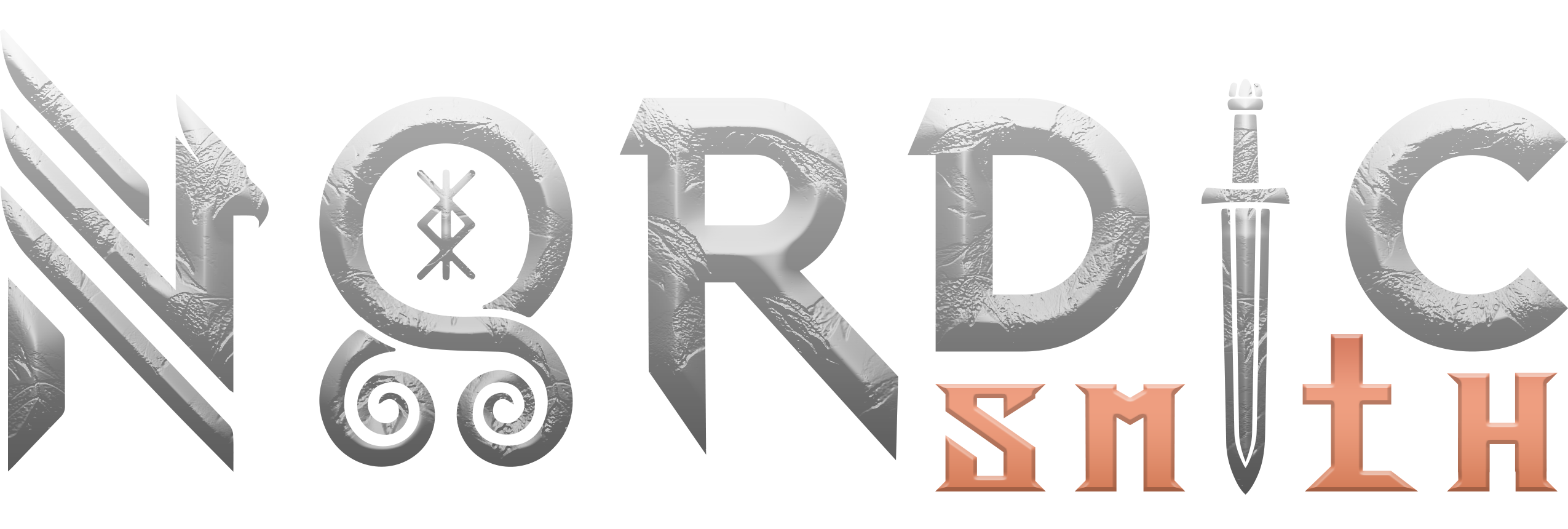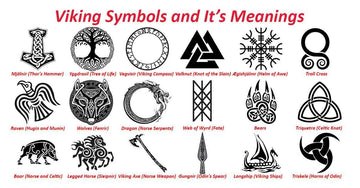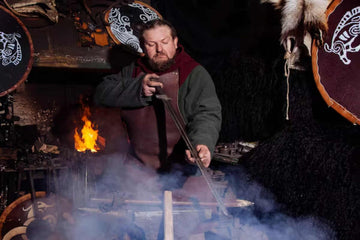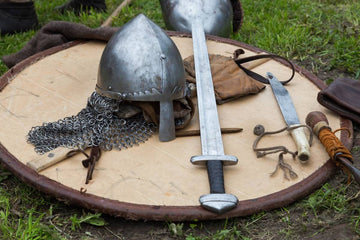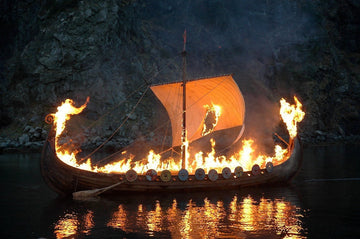Introduction
Norse runes have fascinated historians, linguists, and Viking enthusiasts for centuries. These symbols, used by the Norse people, were not only a form of writing but also held deep spiritual and magical significance. Runes were carved into stones, weapons, and amulets, believed to hold divine power. In this guide, we'll explore the origins of Norse runes, their meanings, and how they are used today.
The Origins of Norse Runes
The runic alphabet, known as the Elder Futhark, is the oldest form of runes used by the Germanic tribes and the Vikings. It dates back to around 150–800 AD and consists of 24 symbols, each representing a sound and carrying unique meanings. The name “Futhark” comes from the first six letters:
ᚠ Fehu (Wealth) | ᚢ Uruz (Strength) | ᚦ Thurisaz (Giant) | ᚨ Ansuz (God) | ᚱ Raidho (Journey) | ᚲ Kaunan (Torch)
Around 800 AD, during the Viking Age, the writing system evolved into the Younger Futhark, a simplified version with only 16 characters. However, the Elder Futhark remained significant for magic, rituals, and inscriptions.
The Elder Futhark Runes and Their Meanings
Each rune in the Elder Futhark alphabet carries a symbolic meaning, often connected to Norse mythology and everyday life. Here’s a breakdown of the 24 Elder Futhark runes and their meanings:
| Rune | Name | Meaning |
|---|---|---|
| ᚠ | Fehu | Wealth, Prosperity |
| ᚢ | Uruz | Strength, Endurance |
| ᚦ | Thurisaz | Protection, Defense |
| ᚨ | Ansuz | Wisdom, Communication |
| ᚱ | Raidho | Travel, Journey |
| ᚲ | Kaunan | Fire, Knowledge |
| ᚷ | Gebo | Gift, Generosity |
| ᚹ | Wunjo | Joy, Happiness |
| ᚺ | Hagalaz | Destruction, Chaos |
| ᚾ | Nauthiz | Hardship, Need |
| ᛁ | Isa | Ice, Stagnation |
| ᛃ | Jera | Harvest, Cycles |
| ᛇ | Eiwaz | Yew Tree, Transformation |
| ᛈ | Perthro | Fate, Mystery |
| ᛉ | Algiz | Protection, Defense |
| ᛋ | Sowilo | Sun, Success |
| ᛏ | Tiwaz | Honor, Justice |
| ᛒ | Berkana | Growth, Fertility |
| ᛖ | Ehwaz | Horse, Partnership |
| ᛗ | Mannaz | Humanity, Self |
| ᛚ | Laguz | Water, Emotions |
| ᛜ | Ingwaz | Fertility, Energy |
| ᛞ | Dagaz | Daylight, Breakthrough |
| ᛟ | Othala | Heritage, Inheritance |
As shown in the image you uploaded, these runes each hold a powerful meaning in Norse tradition. They were commonly carved onto weapons, stones, and amulets to invoke their power.
Runes in Magic and Divination
The Vikings believed that runes held magical properties. They were often used for:
- Protection: Warriors inscribed runes on their weapons to gain Odin’s favor.
- Healing: Some runes were believed to cure illness or ward off evil spirits.
- Divination: The Norse practiced rune casting, a form of fortune-telling where runes were drawn from a bag to predict the future.
One of the most famous examples of rune magic comes from Norse mythology, where Odin, the chief of the gods, sacrificed himself by hanging from Yggdrasil (the World Tree) for nine days to gain knowledge of the runes.
Modern-Day Use of Norse Runes
Today, Norse runes continue to be used in:
- Tattoo designs symbolizing strength, wisdom, and protection.
- Jewelry and amulets for personal empowerment.
- Spiritual practices, including meditation and rune casting.
- Decorative inscriptions in historical reenactments and fantasy media.
Historians and enthusiasts still study runes, fascinated by their mystical aura and historical significance. Whether you use them for decoration, self-discovery, or spiritual guidance, the runes of the Elder Futhark remain a timeless link to Viking heritage.
Final Thoughts
Norse runes are more than just an ancient alphabet; they are a legacy of wisdom, power, and mystery. Their influence can still be felt today in modern spirituality, art, and Norse-inspired culture. Whether you’re drawn to their historical significance or their mystical properties, studying runes offers a deeper connection to Viking traditions.
